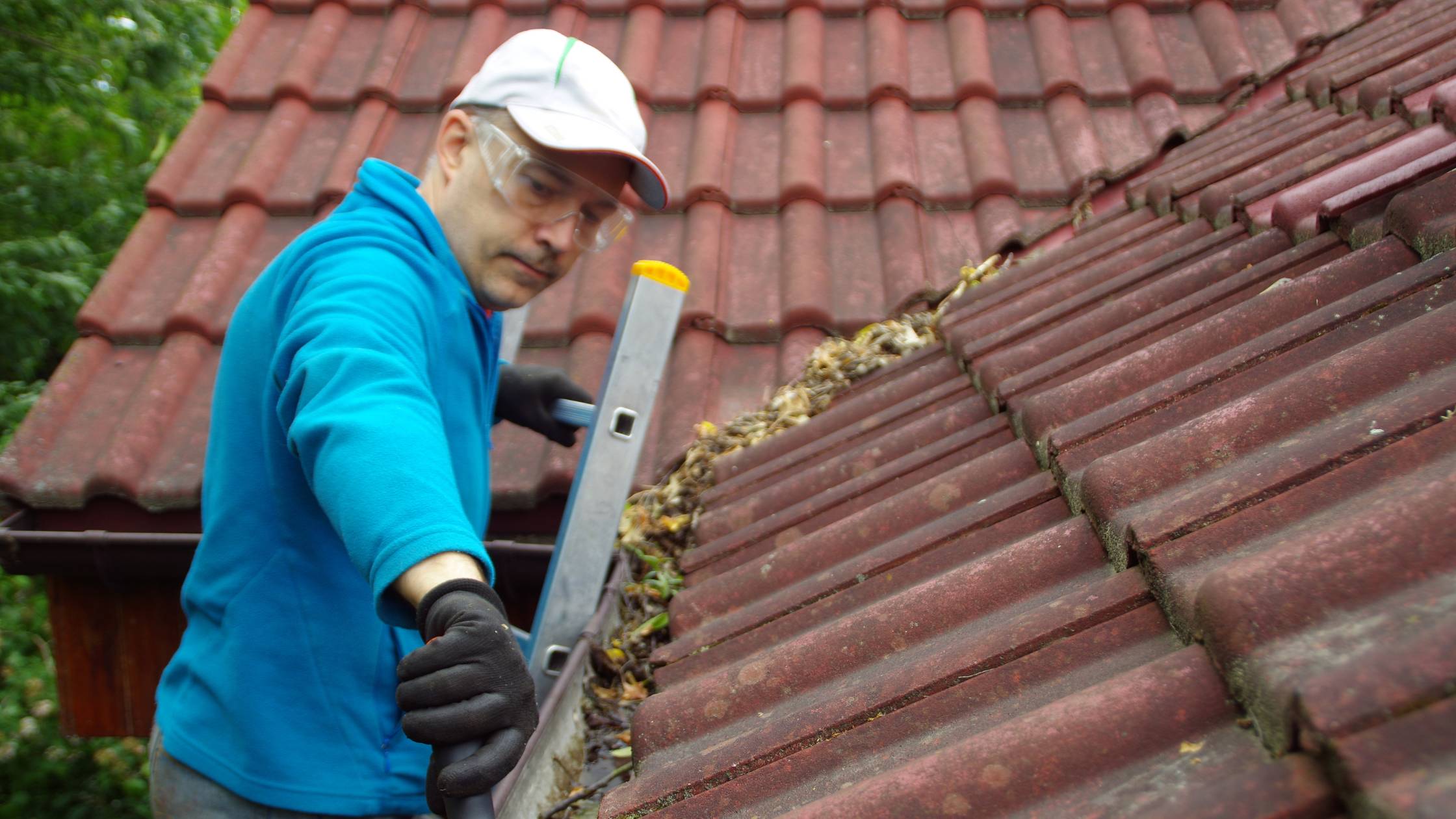As a homeowner, there are various tasks that require reaching new heights – cleaning gutters, painting, or even fixing a leaky roof. But before you ascend to those heights, it's crucial to prioritize safety, especially when it comes to ladder use. In this blog post, we'll explore essential ladder safety tips to ensure a secure and accident-free experience for homeowners.
Choosing the Right Ladder
- Selecting the Appropriate Type: Choose a ladder that suits the task. Step ladders are great for household tasks, while extension ladders are ideal for reaching higher areas like rooftops.
- Weight Capacity: Ensure the ladder's weight capacity exceeds your own weight along with the weight of tools and materials you'll be carrying.
- Materials Matter: Aluminum ladders are lightweight, while fiberglass ladders are non-conductive, making them safer for electrical work.
- Setting Up Your Ladder:
- Ground Stability: Place the ladder on a stable and level surface. If the ground is uneven, use leg levelers or dig holes to create a flat base.
- Proper Angle: For extension ladders, follow the 4-to-1 rule – for every four feet of height, the base should be one foot away from the structure.
- Secure the Top: Ensure the ladder is secured at the top, either by leaning against a solid surface or using an anchor. A bungie cord works great for this. A gust of wind and next thing you know you’re on the roof for hours!
Climbing Safely
- Level the ladder: If the ladder is the least bit unstable don’t climb it. Even a short fall can cause severe injury.
- Get a ladder buddy: When possible, it is always a good idea to have a ladder buddy to hold the ladder for you. This is especially true getting on or off the ladder.
- Face the Ladder: Always face the ladder when climbing up or down. Keep your body centered between the side rails.
- Three-Point Contact: Maintain three points of contact – two hands and one foot or two feet and one hand – at all times. This is critical! Don’t ever dangle yourself out there trying to reach something. It is just not worth it. Be especially careful when getting on or off the ladder. This is when most mishaps happen and when three points of contact is essential.
- No Overreaching: Avoid overstretching while on the ladder. Repeatedly descend and move the ladder if you can't reach a specific area comfortably.
- Put away your phone. While on a ladder is no time to take photos or be on a call.
- Extend your ladder at least three feet above the edge of the roof if climbing on the roof. If short get another ladder.
Ladder Don’ts!
- Place a ladder on boxes, barrels, or unstable bases.
- Use a ladder on soft ground or unstable footing.
- Exceed the ladder’s maximum load rating.
- Tie two ladders together to make them longer.
- Ignore nearby overhead power lines.
- Move or shift a ladder with a person or equipment on the ladder.
- Lean out beyond the ladder’s side rails.
- Use an extension ladder horizontally like a platform.
Safety Accessories
Tool Belt: Use a tool belt to carry tools, keeping your hands free for climbing.
Non-Slip Shoes: Wear shoes with non-slip soles to prevent slipping on the ladder rungs. Never use slipon shoes. Tie your laces.
Regular Maintenance
Inspection: Regularly inspect your ladder for any damage, loose screws, or defects. Address issues promptly or replace the ladder if needed.
Storage: Store your ladder in a cool, dry place to prevent rust and deterioration.
Conclusion
Ladder safety is paramount for homeowners tackling various tasks around the house. By choosing the right ladder, setting it up correctly, climbing safely, using the appropriate accessories, and maintaining your ladder regularly, you can ensure a secure and accident-free experience. Prioritize safety, and those household tasks will be accomplished with peace of mind!
